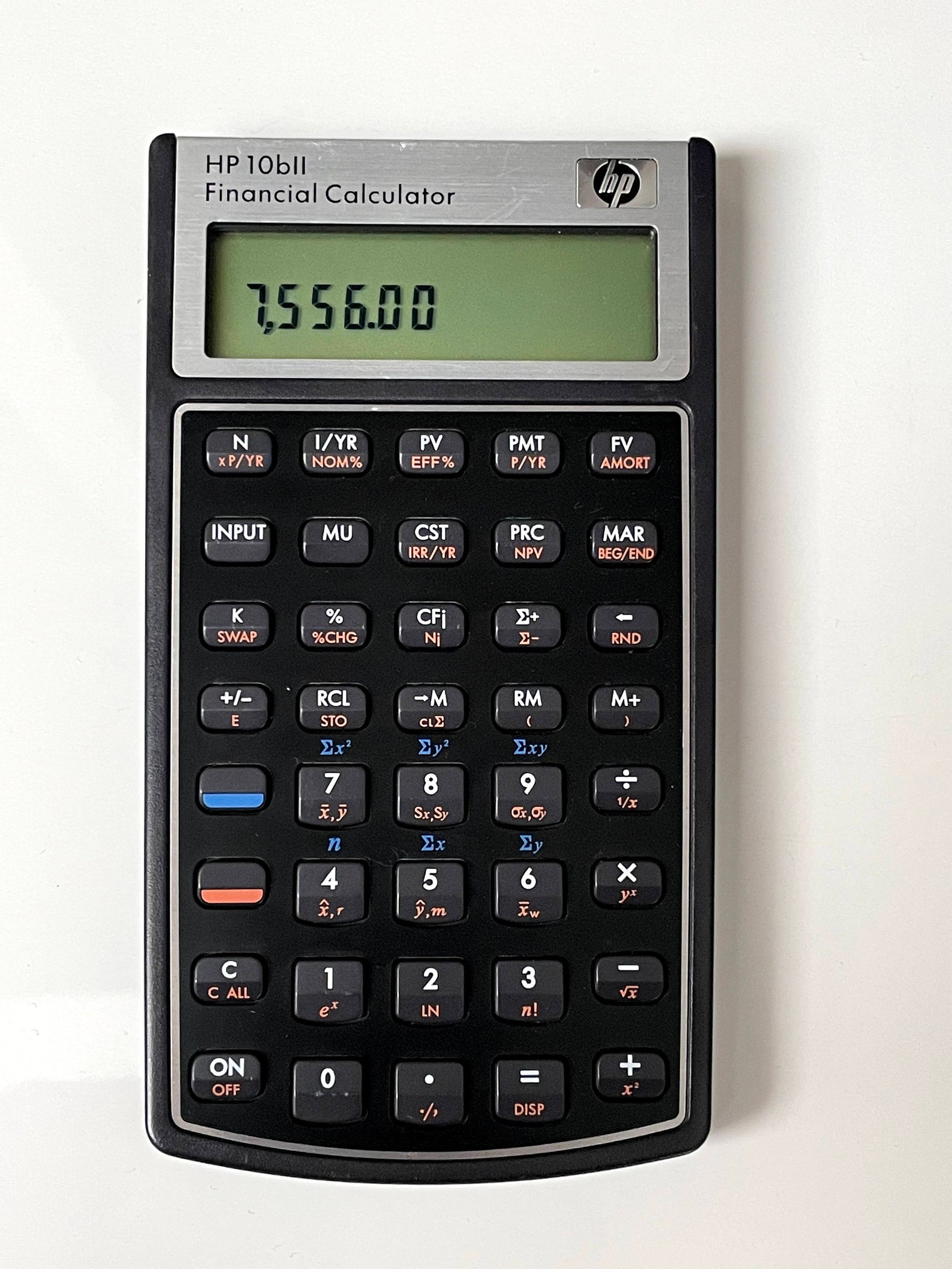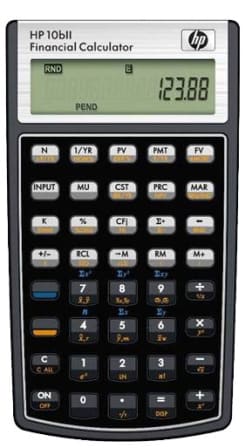
Cooperative subnetworks of molecularly similar interneurons in mouse neocortex. Cell-type-specific activity in prefrontal cortex during goal-directed behavior. From circuit motifs to computations: mapping the behavioral repertoire of cortical interneurons. Hangya, B., Pi, H.-J., Kvitsiani, D., Ranade, S. Cortical interneurons that specialize in disinhibitory control. Distinct behavioural and network correlates of two interneuron types in prefrontal cortex. Parallel processing by cortical inhibition enables context-dependent behavior. A disinhibitory microcircuit initiates critical-period plasticity in the visual cortex. Elimination of inhibitory synapses is a major component of adult ocular dominance plasticity. Structural basis for the role of inhibition in facilitating adult brain plasticity. A synaptic memory trace for cortical receptive field plasticity. Inhibitory threshold for critical-period activation in primary visual cortex. Parvalbumin-expressing GABAergic neurons in mouse barrel cortex contribute to gating a goal-directed sensorimotor transformation. Flexible sensory representations in auditory cortex driven by behavioral relevance. Subtype-specific plasticity of inhibitory circuits in motor cortex during motor learning. Learning enhances the relative impact of top-down processing in the visual cortex. Parvalbumin-expressing basket-cell network plasticity induced by experience regulates adult learning.



A disinhibitory microcircuit for associative fear learning in the auditory cortex. Interneuron cell types are fit to function. Interneurons of the neocortical inhibitory system. Learning enhances sensory and multiple non-sensory representations in primary visual cortex. Perceptual training continuously refines neuronal population codes in primary visual cortex. The effect of perceptual learning on neuronal responses in monkey visual area V4. Practising orientation identification improves orientation coding in V1 neurons. Plasticity in the frequency representation of primary auditory cortex following discrimination training in adult owl monkeys. Thus, learning differentially shapes the activity and interactions of multiple cell classes: while SOM inhibition may gate selectivity changes, PV interneurons become recruited into stimulus-specific ensembles and provide more selective inhibition as the network becomes better at discriminating behaviorally relevant stimuli. Conversely, SOM activity became strongly decorrelated from the network, and PYR–SOM coupling before learning predicted selectivity increases in individual PYR cells. Strikingly, PV neurons became as selective as PYR cells, and their functional interactions reorganized, leading to the emergence of stimulus-selective PYR–PV ensembles. Learning increased selectivity for task-relevant stimuli of PYR, PV and SOM subsets but not VIP cells.

We simultaneously imaged responses of pyramidal cells (PYR) along with parvalbumin (PV), somatostatin (SOM), and vasoactive intestinal peptide (VIP) inhibitory interneurons in primary visual cortex while mice learned to discriminate visual patterns. How learning enhances neural representations for behaviorally relevant stimuli via activity changes of cortical cell types remains unclear.


 0 kommentar(er)
0 kommentar(er)
